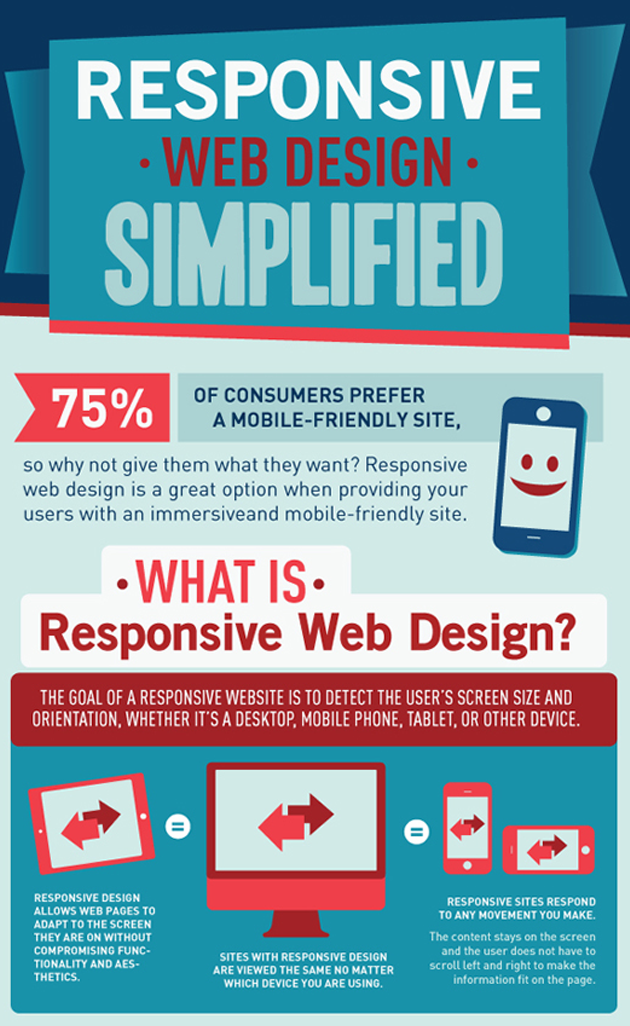The Advancement Of Site Layout: From Earlier Times To Currently
The Advancement Of Site Layout: From Earlier Times To Currently
Blog Article
Content Writer-Johnsen Hyldgaard
In the past, websites were easy and concentrated on details. Navigation was direct, and style was for desktop computers. Currently, individual experience is vital. Information guides styles for simple navigating. Receptive formats match different tools. Today, dark mode reduces stress, and minimalist menus improve navigation. Interactive attributes involve users, and bold visuals attract attention. AI integration enhances interaction. See just how style has advanced to enhance your online trip.
Very Early Days of Web Design
In the very early days of web design, simpleness preponderated. Sites were fundamental, with restricted colors, fonts, and formats. The emphasis was on giving details rather than flashy visuals. Individuals accessed the net through slow dial-up links, so speed and functionality were essential.
Navigation menus were straightforward, normally situated at the top or side of the web page. Sites were made for computer, as mobile browsing had not been yet prevalent. Material was king, and developers prioritized simple readability over complex design aspects.
HTML was the main coding language made use of, and designers had to function within its restraints. Animations and interactive features were marginal contrasted to today's standards. Web sites were fixed, with little dynamic material or personalized customer experiences.
Rise of User-Focused Design
With the evolution of web site layout, a shift towards user-focused design concepts has actually ended up being progressively prominent. Today, creating web sites that focus on individual experience is crucial for involving site visitors and accomplishing service objectives. User-focused style entails recognizing the requirements, choices, and behaviors of your target market to customize the web site's layout, content, and features accordingly.
Designers now perform thorough study, such as individual surveys and use screening, to collect understandings and comments straight from individuals. This data-driven strategy aids in creating intuitive navigating, clear calls-to-action, and visually enticing user interfaces that resonate with site visitors. By positioning the individual at the facility of the layout procedure, web sites can supply a more customized and pleasurable experience.
Receptive style has also emerged as an essential facet of user-focused layout, making sure that internet sites are maximized for numerous gadgets and display sizes. This versatility boosts ease of access and use, dealing with the varied means customers communicate with websites today. Essentially, the rise of user-focused design signifies a change towards creating digital experiences that prioritize the needs and assumptions of completion user.
Modern Trends in Website Design
Discover the most up to date fads shaping web design today. One famous trend is dark setting layout, supplying a smooth and modern-day look while decreasing eye strain in low-light atmospheres. Another key trend is minimalist navigating, streamlining food selections and boosting customer experience by concentrating on essential elements. Incorporating micro-interactions, such as animated switches or scrolling effects, can produce a much more interesting and interactive site. Receptive design remains critical, guaranteeing seamless customer experiences across various tools. Furthermore, utilizing strong typography and asymmetrical layouts can include aesthetic passion and accentuate certain content.
Incorporating AI modern technology, like chatbots for consumer assistance or tailored recommendations, boosts individual engagement and improves processes. Availability has additionally come to be a substantial fad, with developers focusing on comprehensive layout techniques to deal with diverse individual requirements. Accepting sustainability by enhancing website efficiency for rate and effectiveness is an additional emerging pattern in website design. Collaborating with individual responses and data analytics to iterate and boost layout constantly is crucial for staying relevant in the ever-evolving electronic landscape. By accepting these modern-day patterns, you can create an aesthetically appealing, straightforward website that reverberates with your audience.
Verdict
As you assess the evolution of site layout from the very early days to currently, you can see exactly how user-focused style has become the driving pressure behind contemporary trends.
Welcome the journey of change and adaptation in web design, constantly maintaining the customer experience at the leading edge.
Stay current with the most recent fads and technologies, and never quit evolving your strategy to produce aesthetically magnificent and user-friendly sites.
Progress, adjust, and produce - the future of web design is in your hands.
